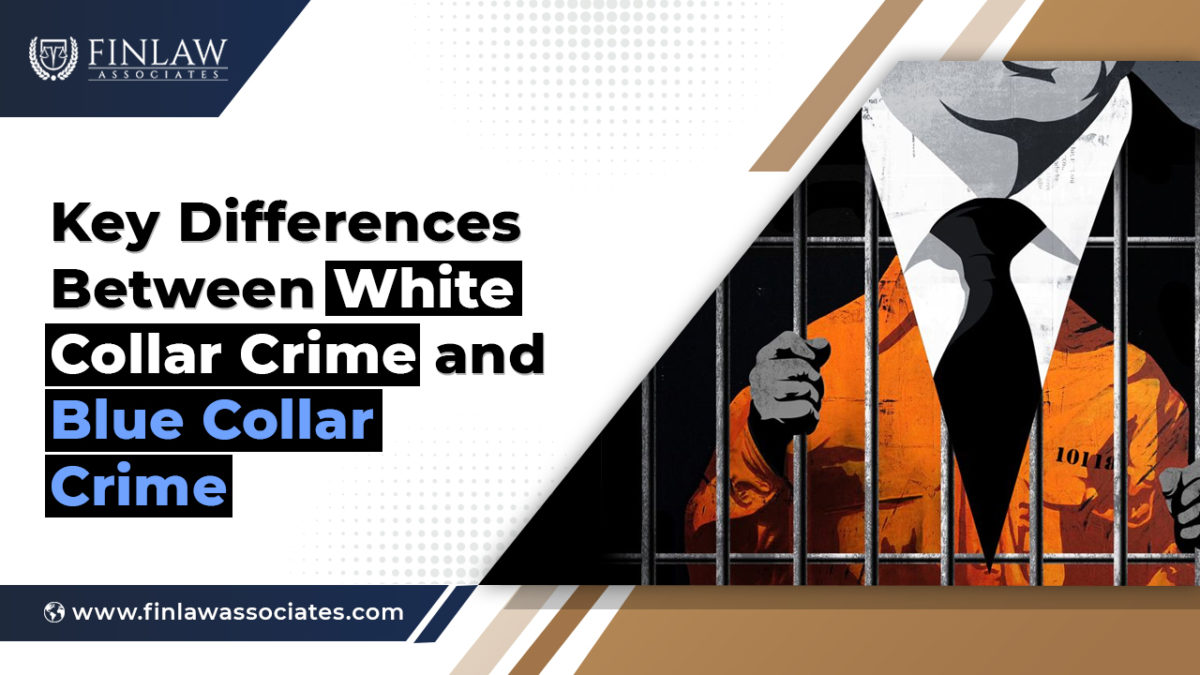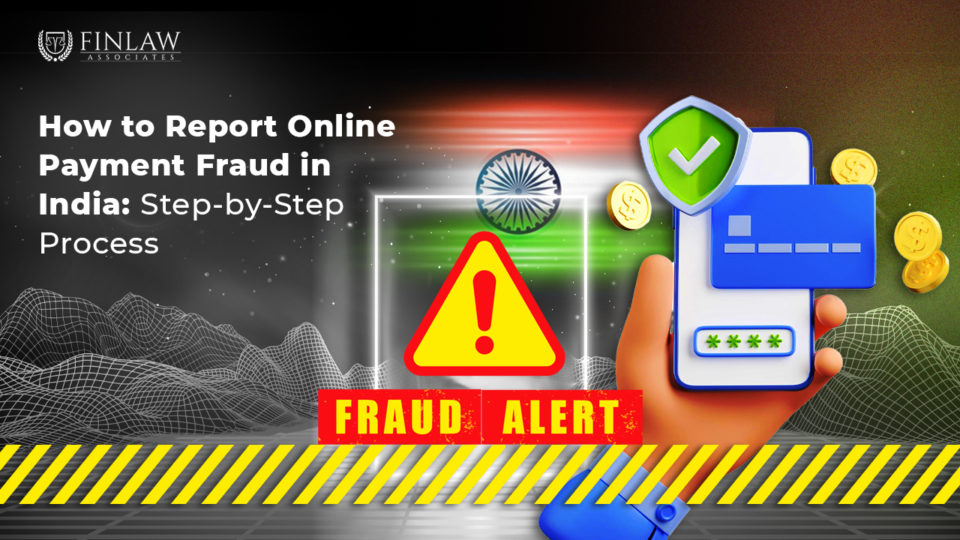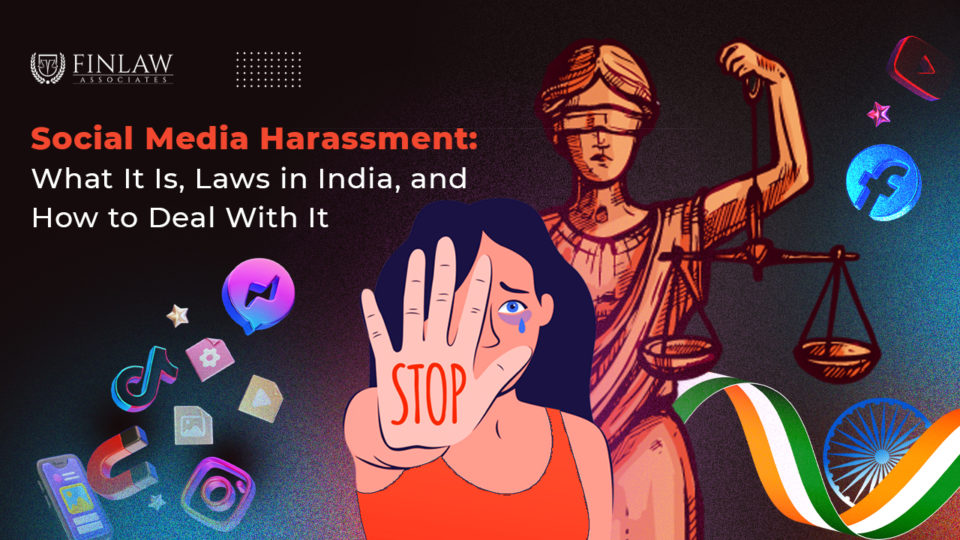
What Is Trademark Objection? Reasons and How to Draft a Reply
March 3, 2025
Trademark Registration Process Flowchart: A Step-by-Step Guide
March 17, 2025
Crime, in its various forms, has been an enduring challenge for societies worldwide. In India, understanding the nuances between different categories of crime is essential for effective law enforcement and public awareness. Two prominent classifications are white-collar crime and blue-collar crime. This article delves into their definitions, characteristics, and the key differences between them, with a focus on the Indian context.
What is White-Collar Crime?
The term "white-collar crime" was first introduced by sociologist Edwin Sutherland in 1939, referring to offenses committed by individuals in high-status positions during their occupation. These crimes are typically non-violent and financially motivated, involving deceit and a breach of trust.
Common Types of White-Collar Crimes in India
- Corporate Fraud: Manipulation of company records or financial statements to present a false image of profitability.
- Bribery and Corruption: Offering or accepting undue advantages to influence decisions, prevalent in both public and private sectors.
- Money Laundering: Concealing the origins of illegally obtained money, making it appear legitimate.
- Tax Evasion: Deliberate avoidance of paying due taxes through illegal means.
- Cybercrime: Unauthorized access to computer systems to steal sensitive information or funds.
- Embezzlement: Misappropriation of funds entrusted to an individual for personal gain.
- Insider Trading: Using confidential company information to engage in stock trading for unfair financial gain.
What is Blue-Collar Crime?
Blue-collar crimes are typically associated with individuals from the working class and involve direct, often physical actions. These offenses are usually immediate and visible, affecting individuals or property directly.
Common Types of Blue-Collar Crimes in India
- Theft and Burglary: Unauthorized taking of someone else's property with the intent to deprive them of it permanently.
- Assault and Battery: Physical attacks causing harm to individuals.
- Vandalism: Deliberate destruction or damage to public or private property.
- Drug Abuse and Trafficking: Illegal possession, distribution, or manufacturing of controlled substances.
- Arson: Intentional setting of fire to property for destruction or personal gain.
- Robbery: Using force or intimidation to steal from an individual or establishment.
- Kidnapping: Abducting a person to demand ransom or achieve illegal objectives.
Key Differences Between White-Collar and Blue-Collar Crimes
Understanding the distinctions between these two categories is crucial for law enforcement, policymakers, and the public.
1. Nature of the Crime
- White-Collar Crime: Involves deceit, concealment, and violation of trust. These crimes are non-violent and are committed to achieve financial gain through fraudulent means.
- Blue-Collar Crime: Characterized by direct, often violent actions that cause immediate harm to individuals or property.
2. Perpetrators
- White-Collar Crime: Typically committed by individuals in positions of power or trust, such as business executives, government officials, or professionals.
- Blue-Collar Crime: Usually involves individuals from the working class, often driven by immediate needs or socio-economic pressures.
3. Method of Execution
- White-Collar Crime: Requires careful planning, manipulation of information, and exploitation of systems or networks. These crimes often go undetected for extended periods.
- Blue-Collar Crime: Often spontaneous or opportunistic, involving physical actions that are immediately apparent.
4. Impact on Society
- White-Collar Crime: Can lead to significant financial losses, undermine public trust in institutions, and destabilize economic systems.
- Blue-Collar Crime: Directly affects individuals or property, leading to physical harm, fear, and a sense of insecurity in communities.
5. Detection and Prosecution
- White-Collar Crime: Detection is complex due to the sophisticated methods employed. Investigations require specialized knowledge and can be time-consuming.
- Blue-Collar Crime: Easier to detect due to the overt nature of the offenses. Law enforcement can often respond promptly.
6. Legal Framework
- White-Collar Crime: Governed by specialized laws and regulations, such as the Prevention of Corruption Act, 1988, and the Companies Act, 2013.
- Blue-Collar Crime: Addressed under general criminal laws, primarily the Indian Penal Code, 1860.
Challenges in Addressing White-Collar Crime in India
While blue-collar crimes receive immediate attention due to their visible nature, white-collar crimes pose unique challenges:
- Complexity of Cases: The intricate and technical nature of white-collar crimes makes investigations demanding.
- Resource Constraints: Law enforcement agencies may lack the specialized skills or resources required to tackle sophisticated financial crimes.
- Legal Loopholes: Perpetrators often exploit gaps in existing laws, necessitating continuous legal reforms.
- Delayed Justice: Prolonged legal proceedings can lead to delays in delivering justice, reducing public confidence in the system.
Preventive Measures Against White-Collar and Blue-Collar Crimes in India
Preventing White-Collar Crime:
- Strengthening Corporate Governance: Ensuring transparency and accountability in corporate structures.
- Regulatory Oversight: Strict enforcement of financial laws and anti-corruption measures.
- Whistleblower Protection: Encouraging employees to report fraudulent activities without fear of retaliation.
- Public Awareness: Educating citizens about financial fraud and cyber threats.
Preventing Blue-Collar Crime:
- Community Policing: Strengthening law enforcement presence in high-crime areas.
- Education and Employment Opportunities: Addressing socio-economic factors that drive criminal activities.
- Strict Law Enforcement: Ensuring swift legal actions against offenders to deter crime.
- Rehabilitation Programs: Helping offenders reintegrate into society through skill development initiatives.
Conclusion
Both white-collar and blue-collar crimes have profound impacts on Indian society, albeit in different ways. While blue-collar crimes instill immediate fear and disrupt public order, white-collar crimes erode trust in institutions and can have far-reaching economic consequences. A comprehensive understanding of these distinctions is essential for developing effective prevention strategies, enforcing laws, and fostering a safer society.



